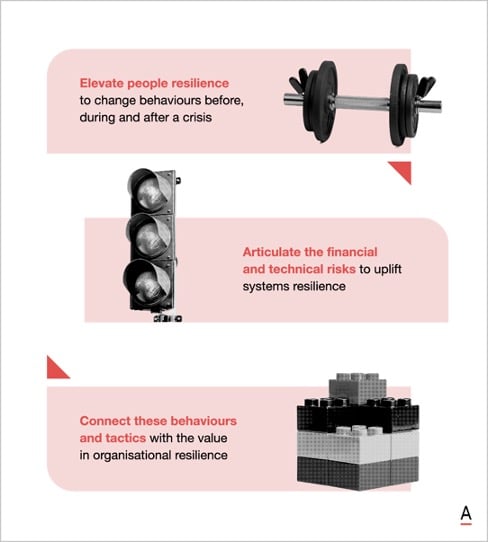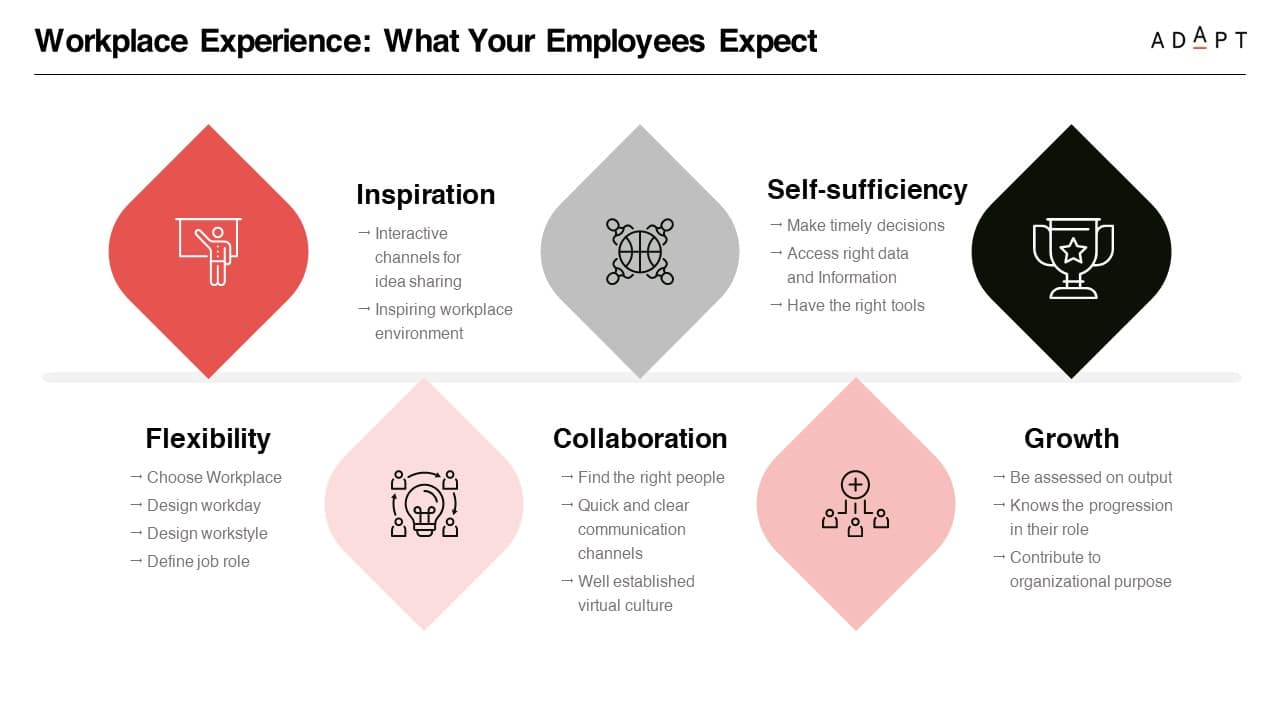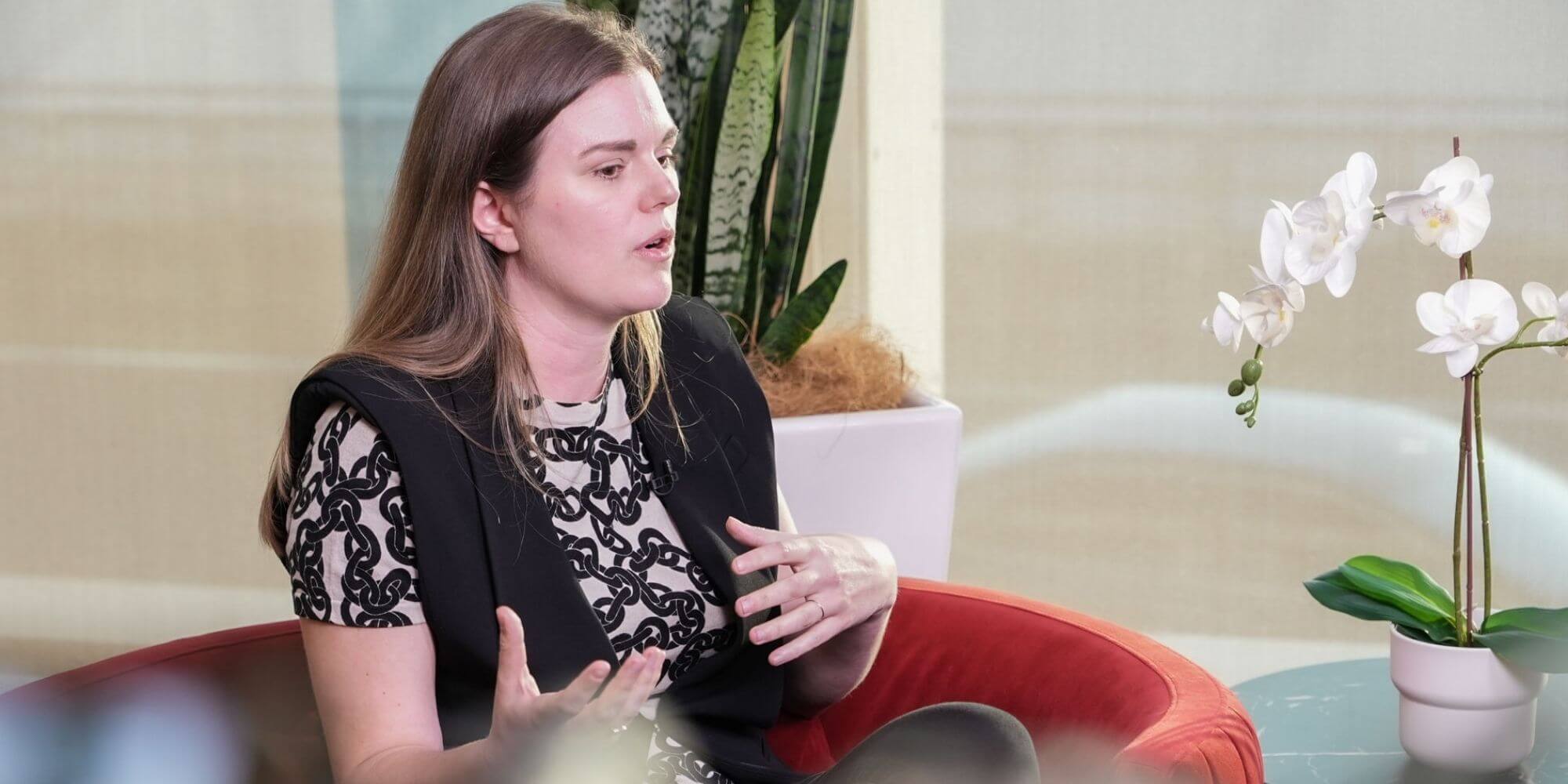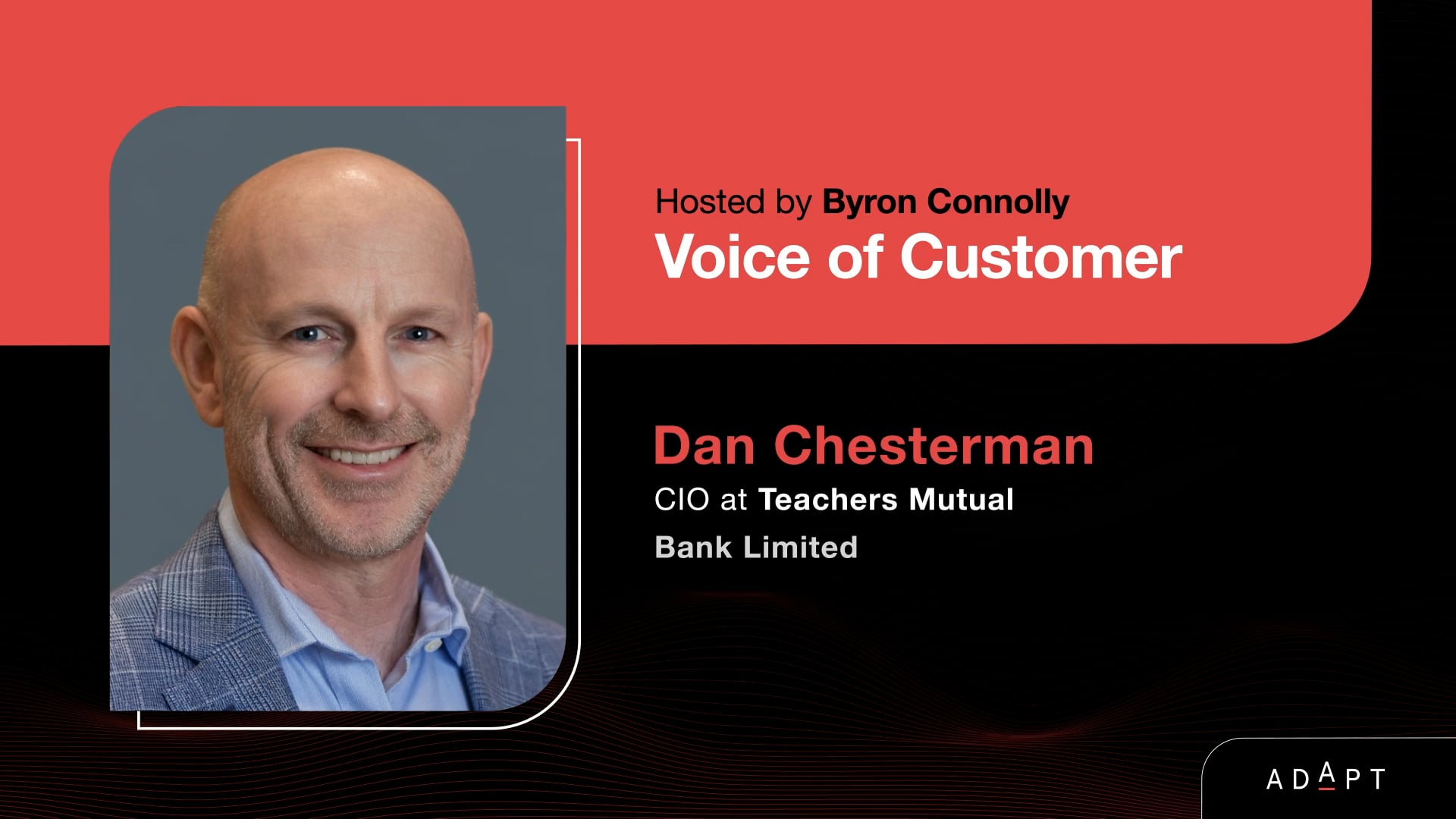Revolutionising IT Leadership Amid Remote Work
Explore how to create nimble IT teams in an evolving workforce landscape, by fostering resilience and adopting adaptability for success.
The workforce is changing fast, especially with the Great Resignation shaking things up in Australia and New Zealand.
More folks are quitting their jobs, looking for better opportunities with more freedom and flexibility.
This seismic trend, driven by closed borders and rapid economic recoveries in 2021, has prompted many to rethink what they want from their careers.
However, this paradigm shift has left companies struggling to keep up with evolving workforce preferences, all while trying to find their feet in a world that’s just getting over a pandemic.

The Ecosystem Voice of the Employee Study reveals that in 2021, 13% of workers in Australia and New Zealand left their jobs, and it looks like this number could go up, with 26% thinking about making a move in 2022.
The study also shines a light on how men and women feel differently about working from home, showing just how nuanced the region’s workforce dynamics are.
Right now, companies are at a crossroads. They must rethink traditional business models and find new ways to keep their talent happy and their operations smooth.
For IT teams, being resilient and agile in these formidable workforce challenges is more critical than ever.

By closely collaborating, IT and HR can create a culture that loves learning and can adapt to anything. Investing in employee development and digital literacy is key to withstand unprecedented disruptions.
In this article, ADAPT aims to dive deep into what it takes to build agile and resilient IT teams – from the challenges of the Great Resignation to the intricacies of talent management.
Thriving Through Change: Overcoming the Great Resignation and the Remote Work Shift
Two significant trends are reshaping how organisations approach talent management and workforce dynamics.
The first is the Great Resignation, which rippled across industries and compelled organisations to reassess their traditional approaches and strategies.
As workers look for more control over their lives, companies must adjust, making their workplaces more flexible and supportive.
This means creating spaces where diverse voices feel welcome and can grow, keeping everyone learning and ready for change.
On the other hand, remote work has presented a transformative opportunity for organisations to build resilient and agile work teams.
Australian organisations have successfully upheld their services throughout the COVID-mandated lockdowns, largely due to the digitisation of their operations.
The demand for tech talent has surged to meet the requirement for digitised operations.

But with fewer people coming in from overseas due to COVID-induced border restrictions, the local talent pool is smaller.
Tapping into the global talent pool can bring in fresh ideas and drive innovation.
Moreover, going remote can also save money, which can be spent on growing the business instead.
Studies also suggest remote workers are more productive as they benefit from the flexibility and autonomy of remote work arrangements.
However, transitioning and succeeding in remote work requires companies to invest in the right tech and tools to support remote teams effectively.
By embracing remote work and implementing the appropriate tools and processes, organisations can cultivate resilient and agile work teams capable of thriving in a remote-first environment.
The key is to stay flexible, welcoming, and tech-savvy, preparing for the ups and downs of the modern work world.
Key Takeaway:
Organisations must prioritise adaptability, inclusivity, and invest in technology and infrastructure to excel in the Great Resignation and Remote Work Revolution.
Building Future-Ready IT Leaders: Blending Change Management with a Focus on People
The mix of new change management methods and putting people first is crucial for developing future-proof skills.
Insights from Lucy Chung, CEO of NOBL Collective, and the report on enhancing organisational performance through people management show us a holistic approach to leading IT teams effectively.

Lucy talks about how managing change should be about motivating people and making it an ongoing journey.
This approach uses positive thinking and agility to help companies stay resilient and adaptable.
The report also connects tech know-how with aligning personal goals with company objectives, crucial for success.
It suggests moving away from routine tasks to improve employee experiences and tackle big issues like cyber security.
The key is to combine these insights, focusing on teamwork, trust, and ongoing growth to handle tech challenges and build a strong company culture.
In this way, companies can keep up with tech changes and build lasting leadership skills.
Key Takeaway:
Future-proof IT leadership hinges on integrating transformative change management with a people-centric approach, emphasising collaboration, trust-building, and continuous improvement to navigate technological advancements and foster resilience in the digital landscape.
Elevating Organisational Performance with Data-Driven Decision-Making and Collaboration in IT Teams
Marrying data-driven decision-making and strategic collaboration are a key factor for organisational success.
Insights drawn from recent interviews and reports offer valuable perspectives on how organisations can enhance IT team performance by integrating data and metrics.
La Trobe’s commitment to data-driven decision-making emphasises understanding performance, making informed choices, and refining success metrics.
Peter advocates teaming up with commercial enterprises and tapping into academic know-how, especially in AI research.

This strategy aims to boost innovation and engage the community more effectively.
La Trobe University’s take on hybrid working brilliantly mixes the lively campus life with the perks of working remotely, showcasing its forward-thinking attitude.
Complementing these insights are findings from the report “Insights on Building a Future-Ready Workforce: A Survey of CHROs from Diverse Industries,” which shed light on key factors for preparing organisations for what’s ahead.
The report reveals that CHROs prioritise purpose-driven operations, robust IT security, and digital fitness strategies, underlining ethical practices, cyber security measures, and effective digital strategy in building a future-ready workforce.
It also points out that despite the shift to modern methods, traditional training and performance evaluation remain prevalent, providing insights into current organisational trends.
Adopting data-led decision-making, encouraging teamwork, and focusing on meaningful operations can forge a culture of innovation and resilience, setting organisations up for the future.
Key Takeaway:
Success for organisations lies in blending data-based decisions with smart collaboration.
Through integrating data analysis, fostering teamwork, and focusing on purpose-driven actions, companies can elevate their IT team’s effectiveness and gear up for upcoming challenges.
Nurturing Employee Well-Being in IT Teams: Integrating Adaptability and Behavioural Science Insights
Former Chief People & Sustainability Officer at Domain Rosalind Tregurtha and Founder of People Patterns Bri Williams share invaluable advice on enhancing the well-being of IT staff, offering a comprehensive strategy for today’s workplace.
Organisations can foster agile and resilient IT teams by combining Rosalind’s emphasis on adaptability and human-centric processes with Bri’s insights on understanding behavioural science.
Rosalind’s push for swift moves to hybrid working aligns with Bri’s advice on recognising and overcoming barriers to action.
Strategies like “Time Box” scheduling and flexible hours don’t just support staff well-being but also bridge the gap between what people say and do, as Bri highlights.
IT teams can bridge this gap and promote authentic engagement by empowering employees to manage their workloads effectively while accommodating personal responsibilities.
Moreover, Rosalind’s call for embracing post-pandemic changes pairs well with Bri’s idea of “bouncing forward” to drive innovation.
IT teams should look ahead, using tech to improve efficiency while ensuring a people-centric workplace.
Incorporating principles of behavioural science, such as understanding what drives people’s actions, can help IT leaders smoothly handle new challenges and lead transformative efforts across their organisation.

Rosalind’s preference for comprehensive metrics that measure safety, agency, and belonging enhances Bri’s focus on going beyond traditional engagement metrics.
Adopting a “culture dashboard” lets IT teams monitor employee well-being closely, guiding proactive improvement strategies.
This approach supports the overarching aim of creating a positive workplace culture that values everyone’s holistic well-being.
By weaving together insights from both Rosalind and Bri, IT managers can foster a work environment that values flexibility, understanding, and innovation, ensuring their teams are resilient and ready for future hurdles.
Key Takeaway:
Nurturing employee well-being in IT teams requires integrating adaptability and behavioural science insights with a keen focus on authentic engagement, innovation, and a positive organisational culture.

Conclusion
Building agile and resilient IT teams is critical in the ever-changing digital economy.
Companies that embrace flexibility, make decisions based on data, and put their employees’ well-being first will excel in the digital era.
Key Takeaways:
- Being adaptable and relying on data-driven choices are key to navigating the workforce effectively.
- Future-focused IT leadership hinges on a people-centric approach, encouraging teamwork, and ongoing growth.
- Merging data-driven decisions with strategic collaboration is vital for boosting IT team performance.
- Caring for IT team well-being requires mixing adaptability with behavioural science insights, leading to agile, resilient teams that embody a positive organisational culture.

























